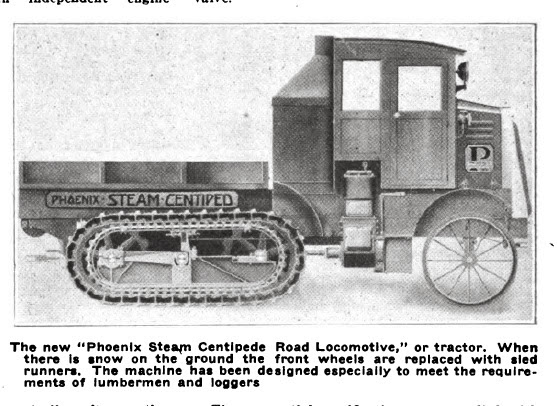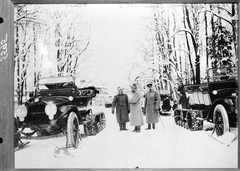The availability of lots of half-tracked trucks in 1914 would have allowed the army that possessed them to make better use of its heavy artillery. For one thing, it would free men who had been handling horses for other duties, thereby making possible the increase in the number of pieces per unit or the raising of additional units. For another, it would reduce the time needed to shift heavy artillery units from one place to another, thereby increasing the time that artillery units were able to participate in bombardments.
All other things being equal, the army that would have gained the most from the widespread adoption of half-tracked trucks would be that of Germany, which had far more heavy artillery pieces than teams of the sort of horse teams needed to move them and their ammunition wagons. In 1914, the forming of a greater percentage of Germany's stock of heavy artillery pieces into mobile batteries would have made it possible for the German armies in the west to "have their cake and eat it, too." That is, they would not have had to choose between the bombardment of Antwerp and that of Verdun. In 1915, a Germany with more mobile heavy artillery would have been more successful in the east, and, in particular, able to breakthrough the Russian defensive position along the Daugava (Dvina, Düna) River in the late summer of that year.



